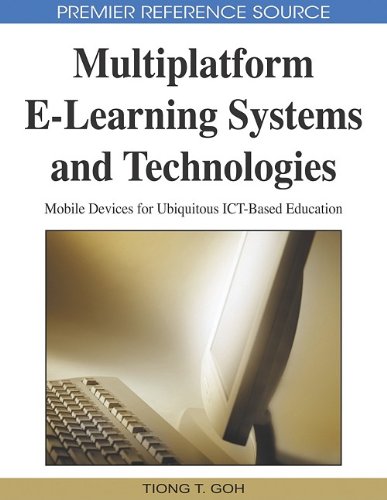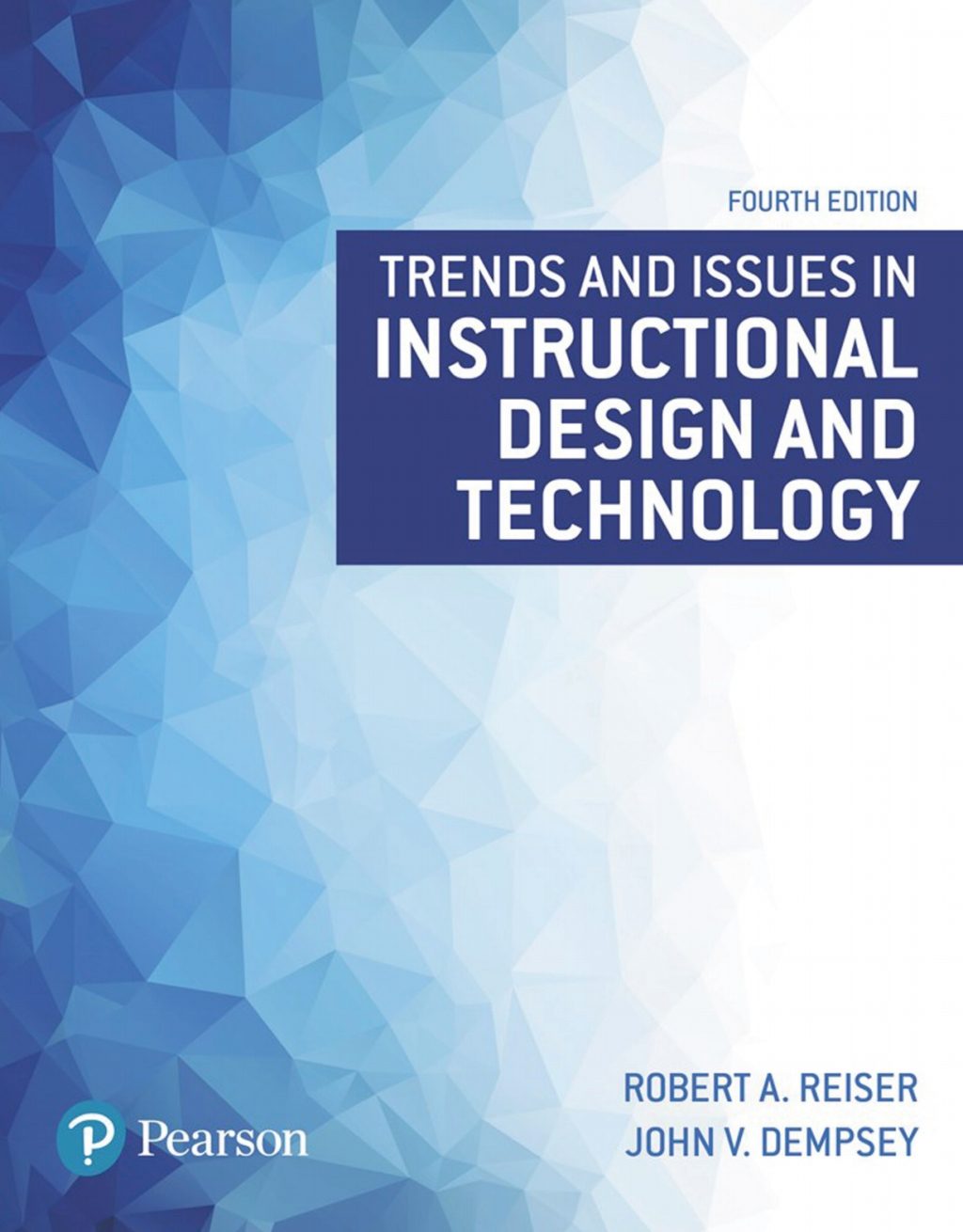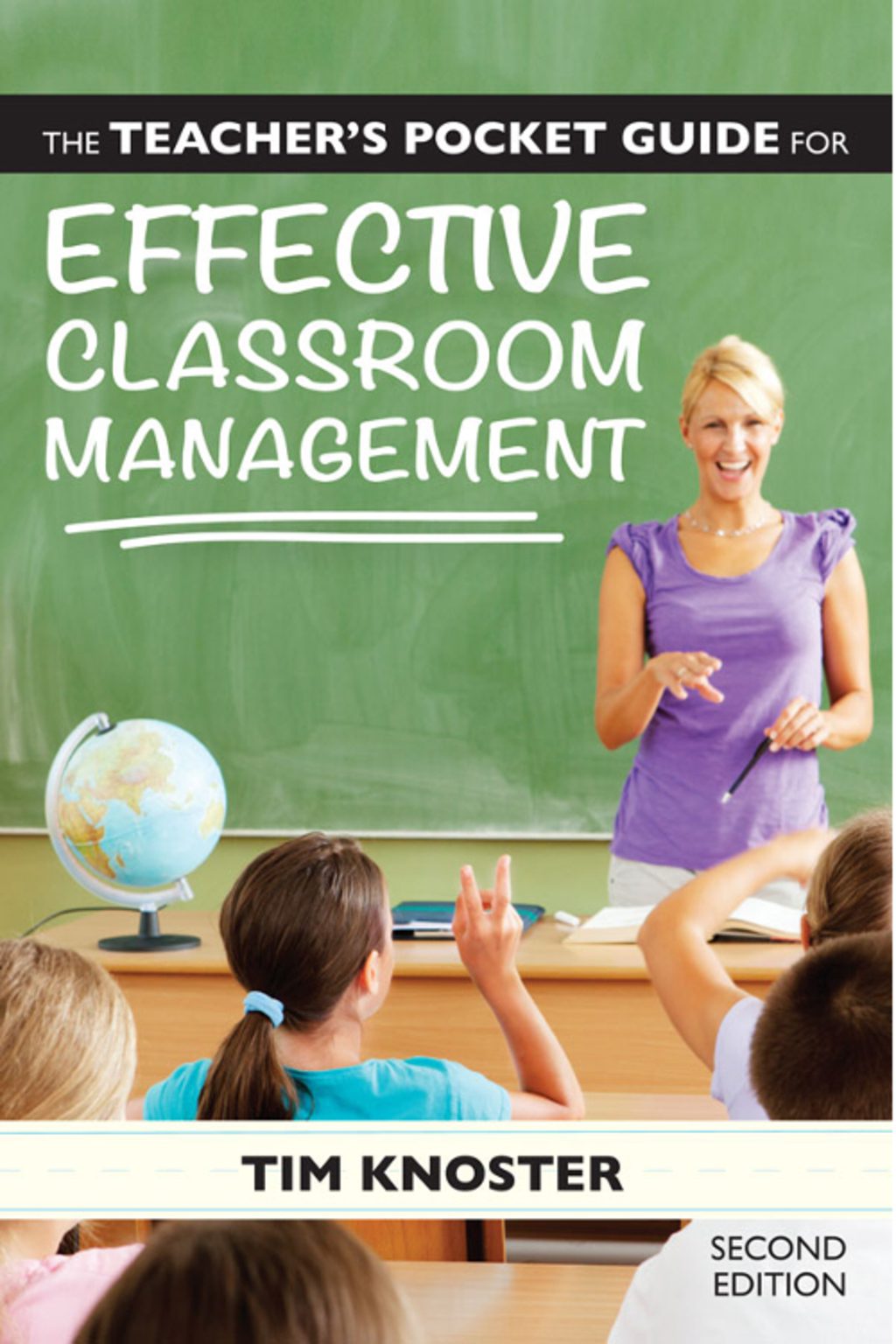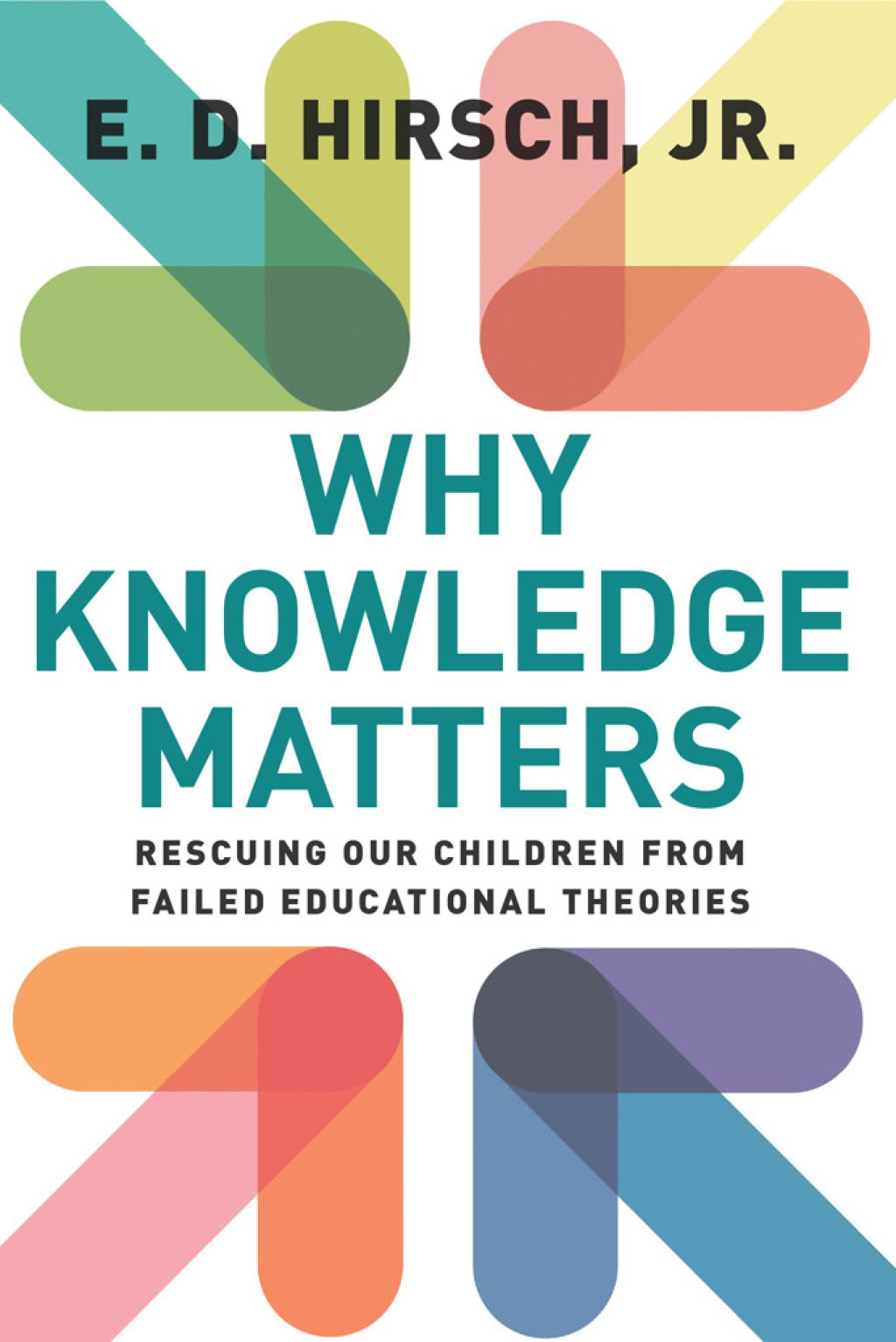Tiong T. Goh160566703X, 9781605667034
Multiplatform E-Learning Systems and Technologies: Mobile Devices for Ubiquitous ICT-Based Education addresses technical challenges, design frameworks, and development experiences that integrate multiple mobile devices into a single multiplatform e-learning system. With contributions from international experts, this collection benefits researchers, academicians, and practioners interested in this growing field.
Table of contents :
Title……Page 2
Editorial Advisory Board……Page 4
Table of Contents……Page 5
Detailed Table of Contents……Page 9
Foreword……Page 19
Preface……Page 21
Frameworks and Theories……Page 27
A Contextualised Multi-Platform Framework to Support Blended Learning Scenarios in Learning Networks……Page 28
A Knowledge-Based Framework for E-Learning in Heterogeneous Pervasive Environments……Page 47
Designing Effective Pedagogical Systems for Teaching and Learning with Mobile and Ubiquitous Devices……Page 69
Text Messaging to Improve Instructor Immediacy and its Role in Multiplatform E-Learning Systems……Page 84
The Role of Multi-Agent Social Networking Systems in Ubiquitous Education Enhancing Peer-Supported Reflective Learning……Page 99
Design and Integration……Page 116
A Method for Generating Multiplatform User Interfaces for E-Learning Environments……Page 117
Cross Platform M-Learning for the Classroom of Tomorrow……Page 139
Plastic Interfaces for Ubiquitous Learning……Page 155
Co-Design and Co-Deployment Methodologies for Innovative m-Learning Systems……Page 174
Design and Implementation of Multiplatform Mobile-Learning Environment as an Extension of SCORM 2004 Specifications……Page 191
Towards Mobile Learning Applications Integration with Learning Management Systems……Page 209
Innovative Tools……Page 222
Using Mobile and Pervasive Technologies to Engage Formal and Informal Learners in Scientific Debate……Page 223
Tools for Students Doing Mobile Fieldwork……Page 242
SMART Stop-Motion Animation and Reviewing Tool……Page 256
Innovative Cases……Page 270
A Multiplatform E-learning System for Collaborative Learning The Potential of Interactions for Learning Fraction Equivalence……Page 271
Mobile Interactive Learning in Large Classes: Towards an Integrated Instructor-Centric and Peer-to-Peer Approach……Page 287
The “Trigger” Experience Text Messaging as an Aide Memoire to Alert Students in Mobile Usage of Teaching and Learning Resources……Page 300
Use of Mobile Technology at Montclair State University……Page 319
Contextual Learning and Memory Retention The use of Near Field Communications, QR Codes, QBIC, and the Spacing Effect in Location Based Learning……Page 336
Development of a Museum Exhibition System Combining Interactional and Transmissional Learning……Page 348
Compilation of References……Page 363
About the Contributors……Page 390
Index……Page 403







Reviews
There are no reviews yet.